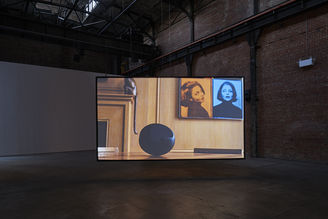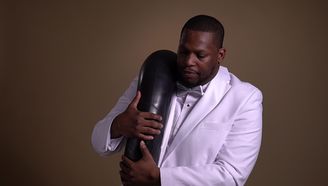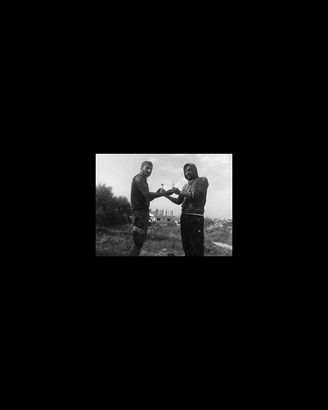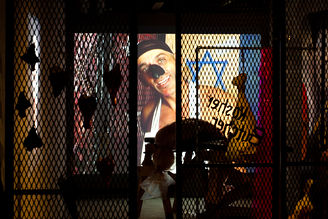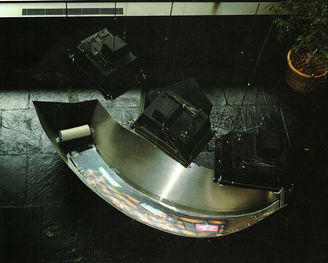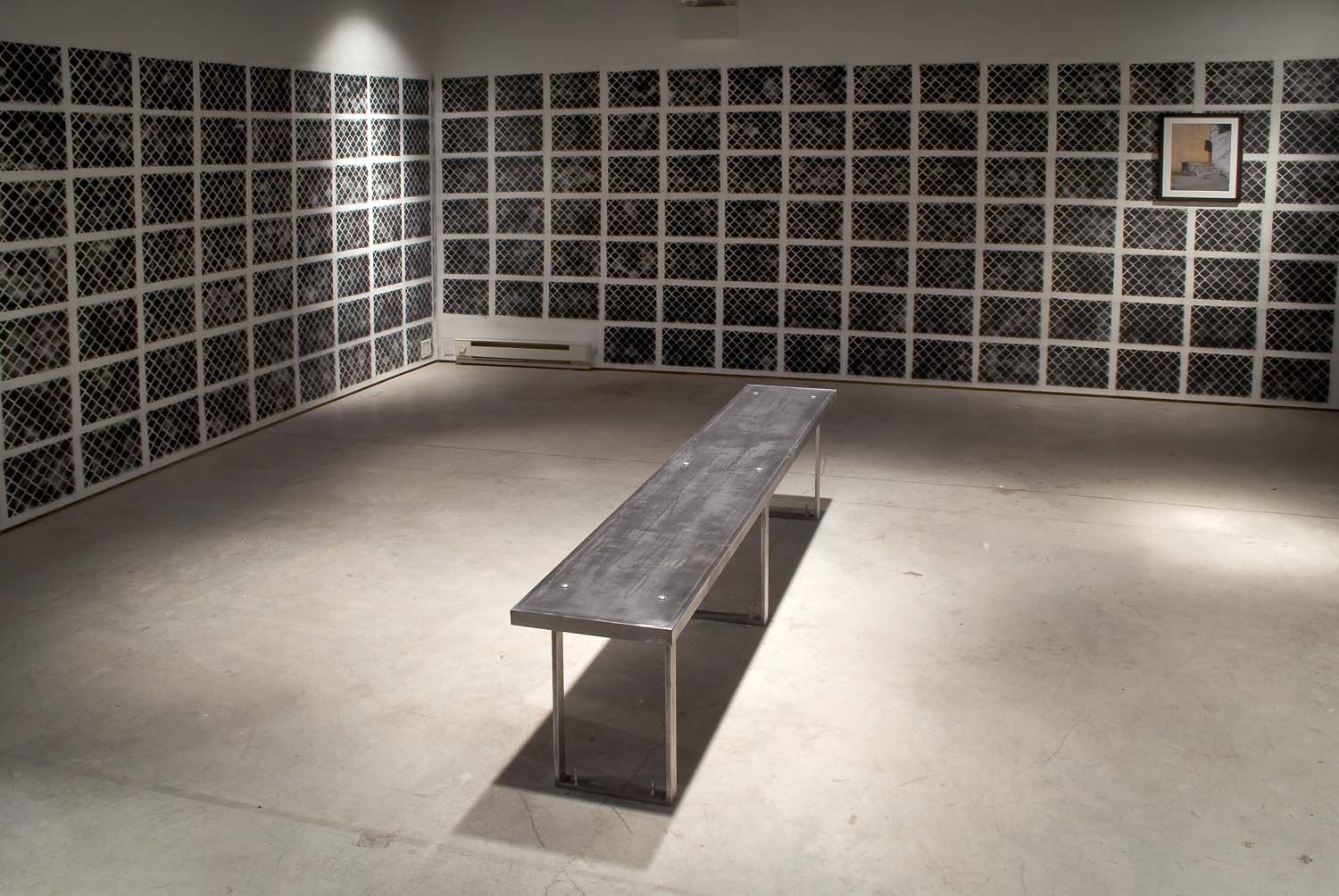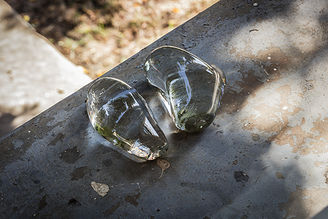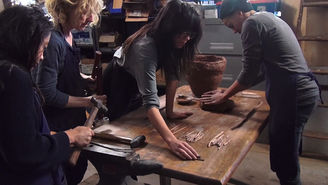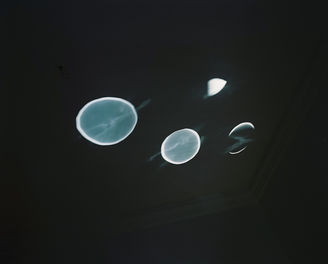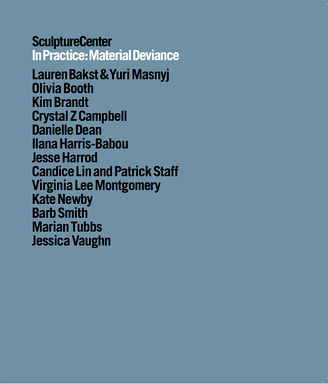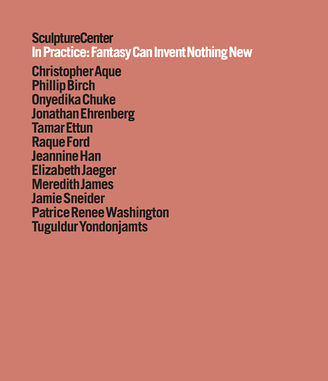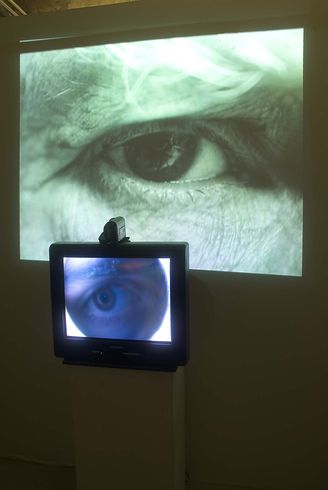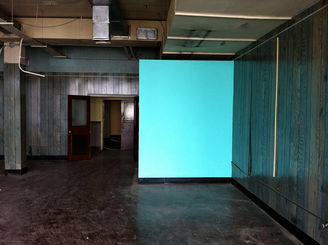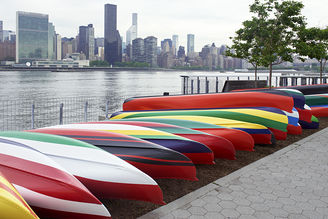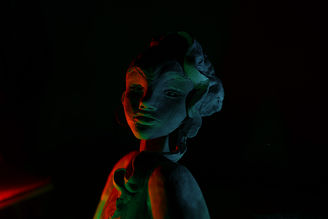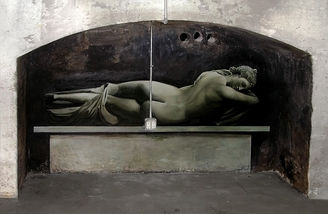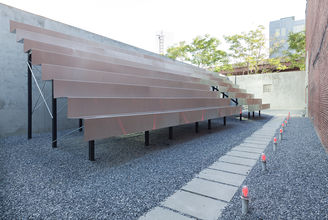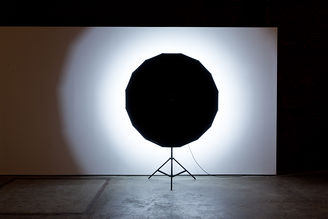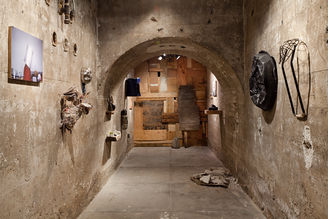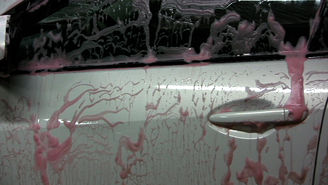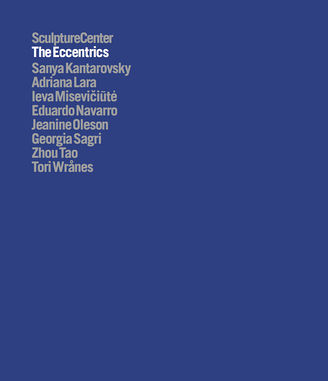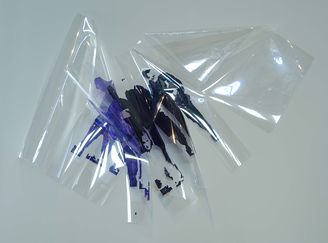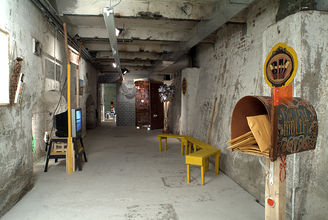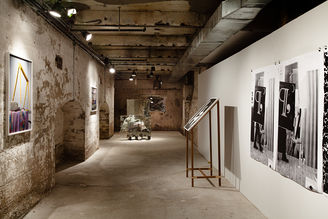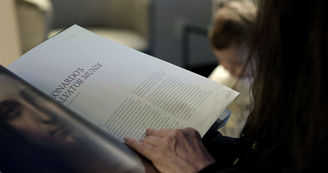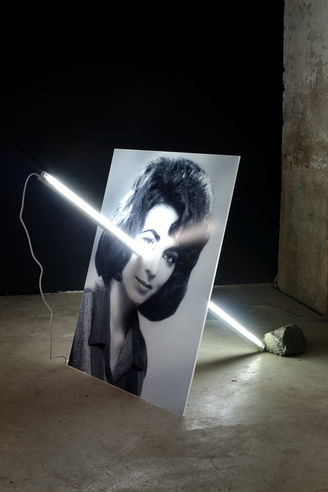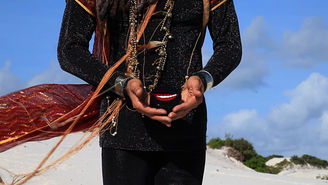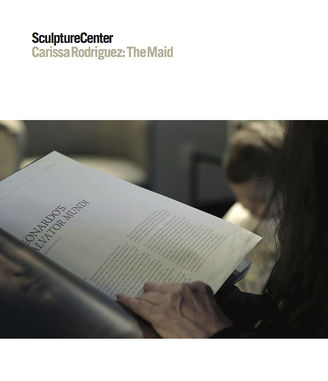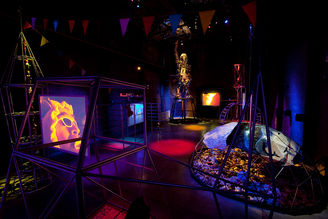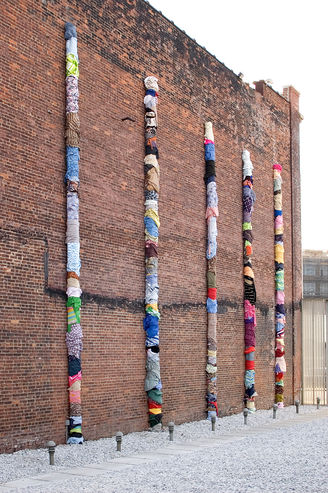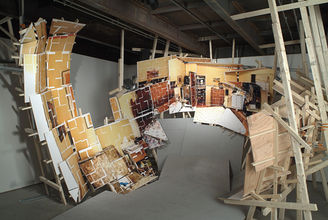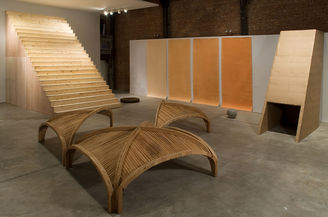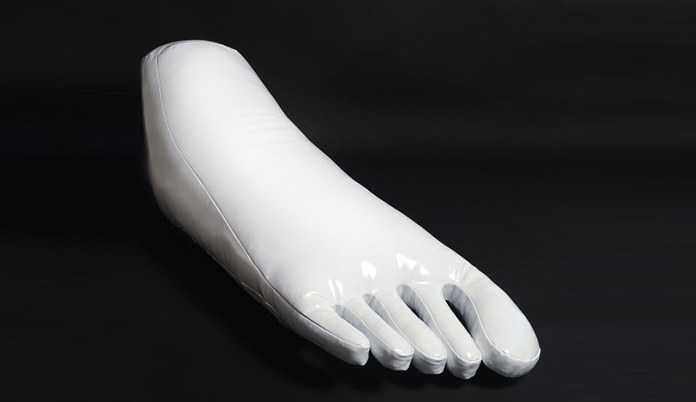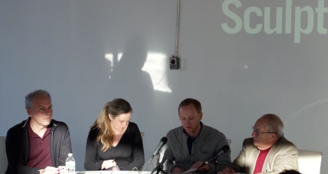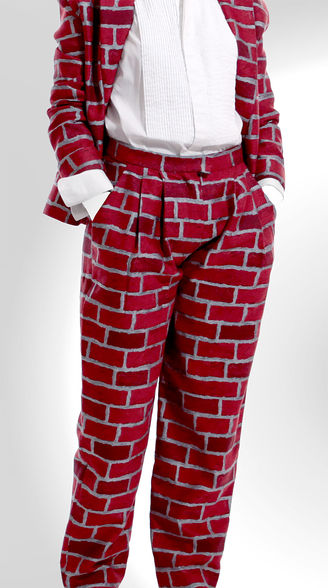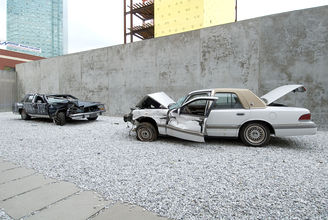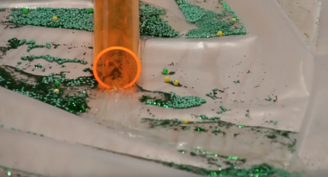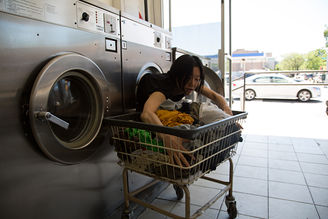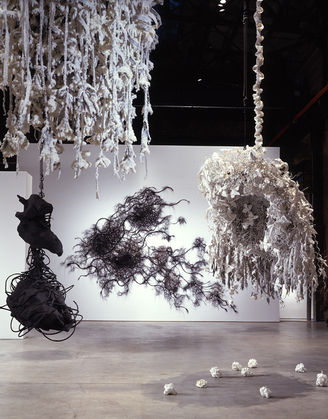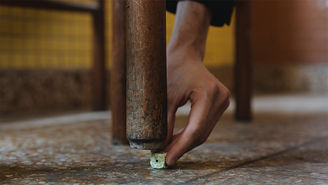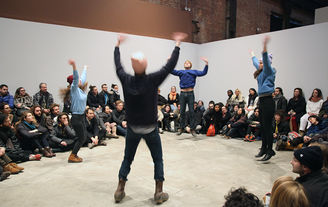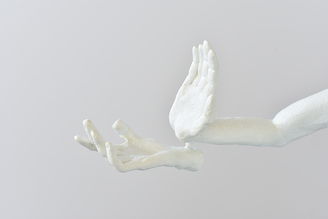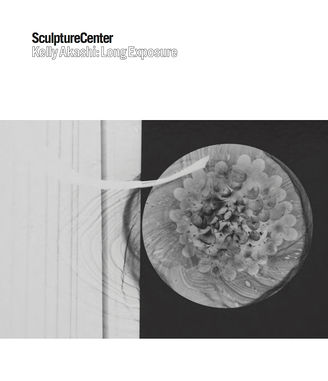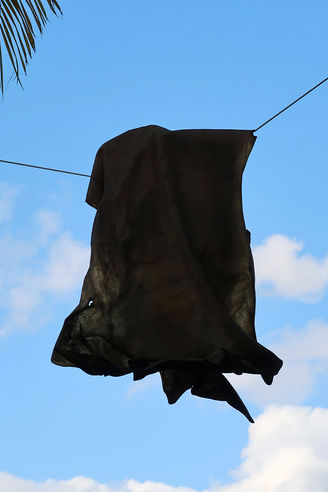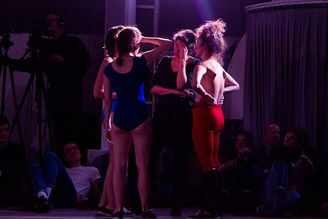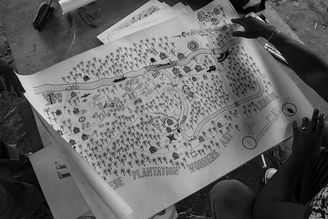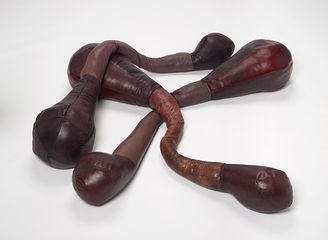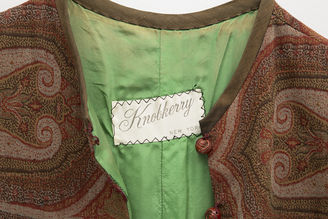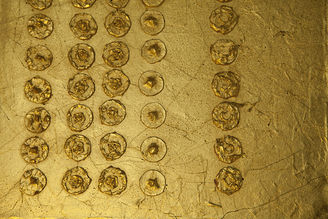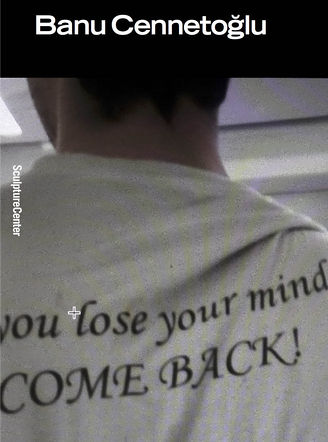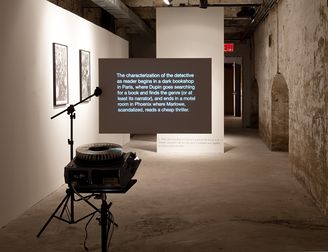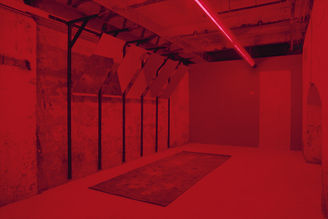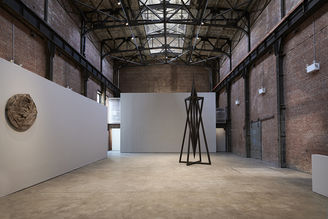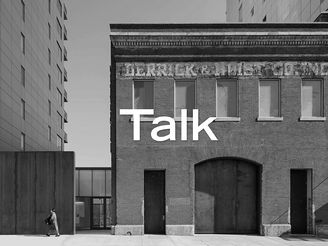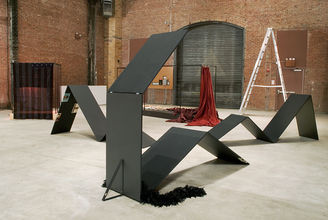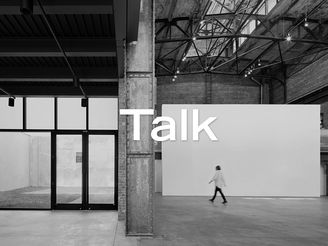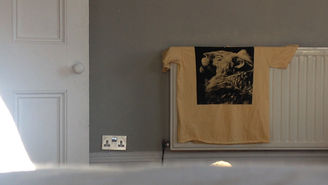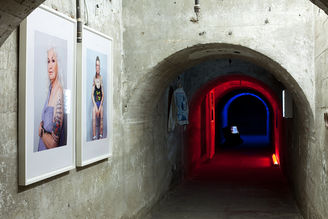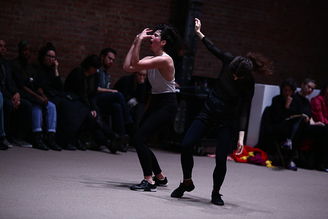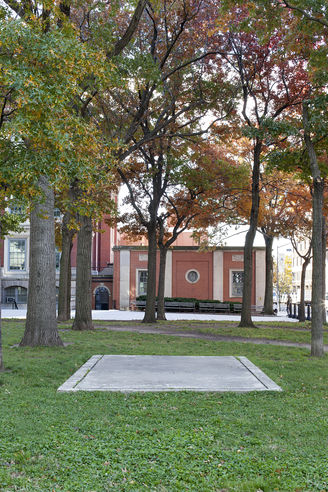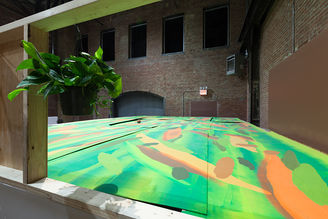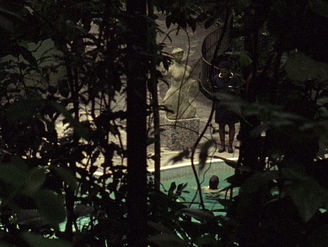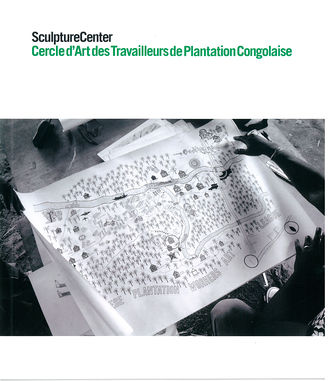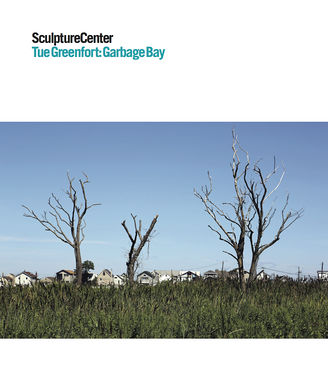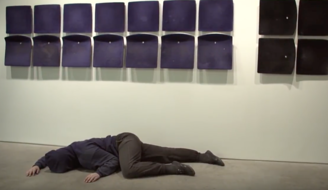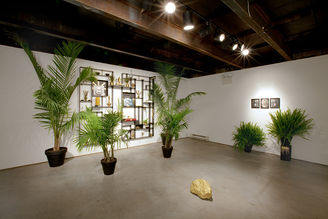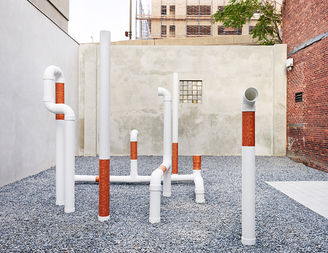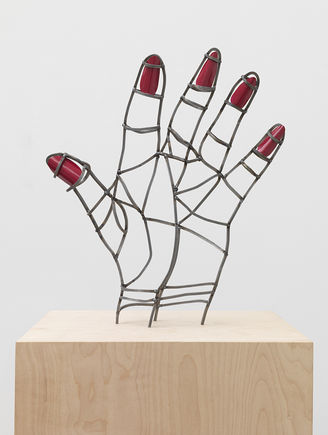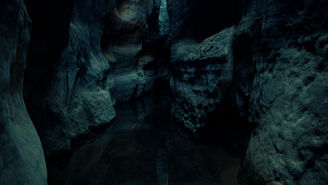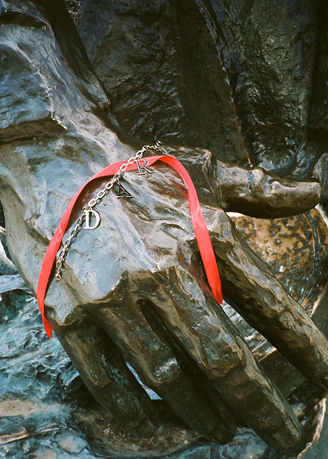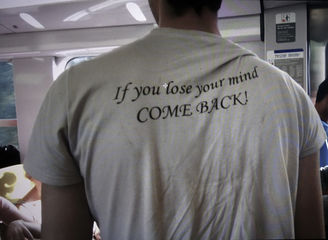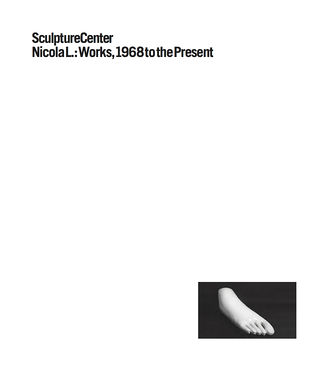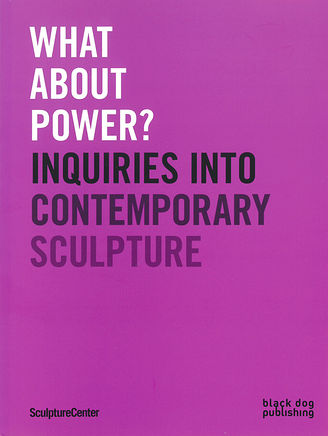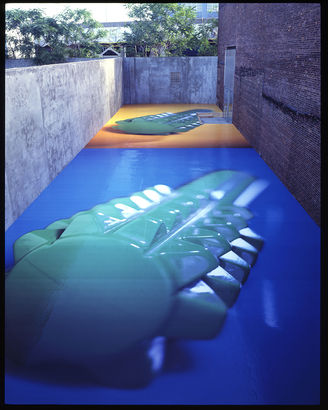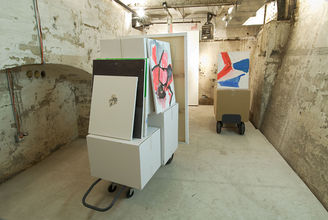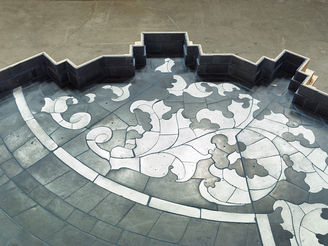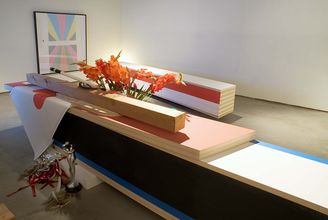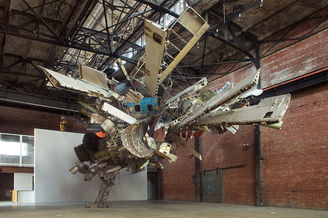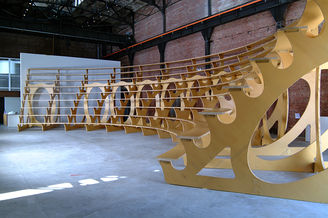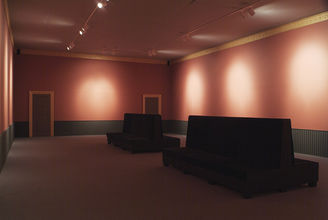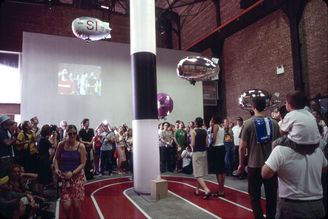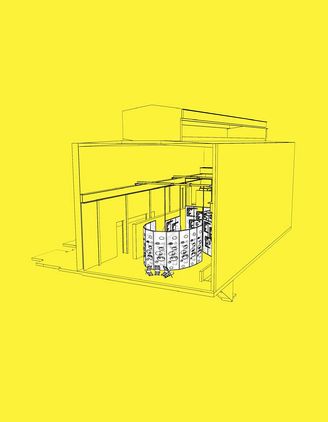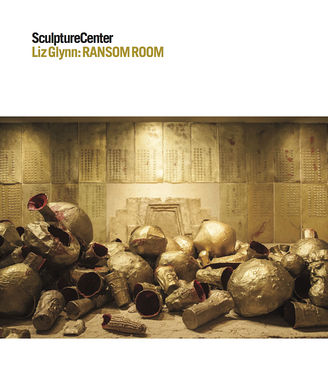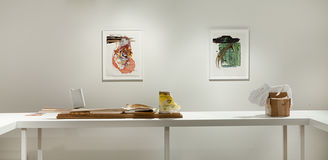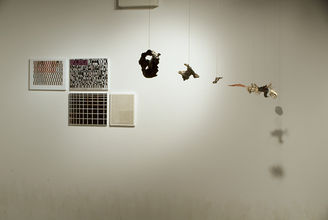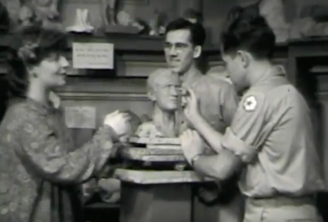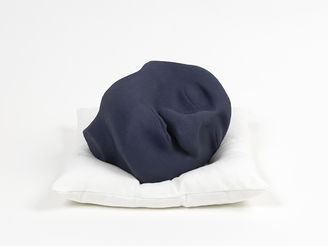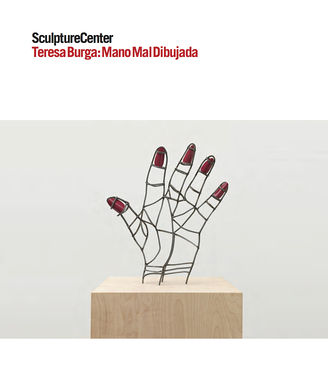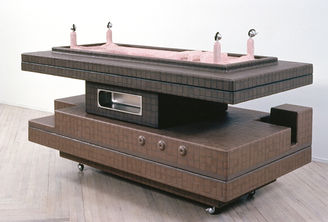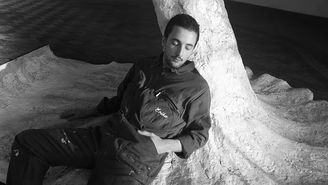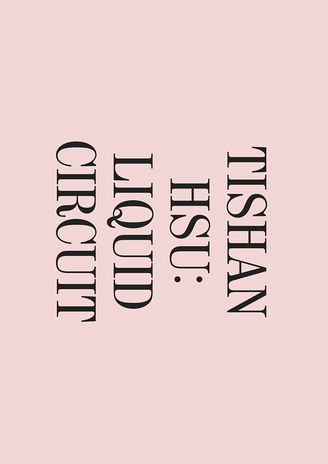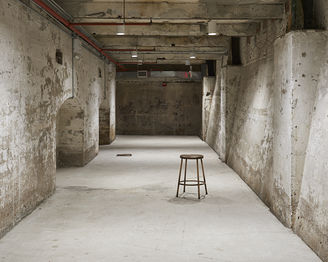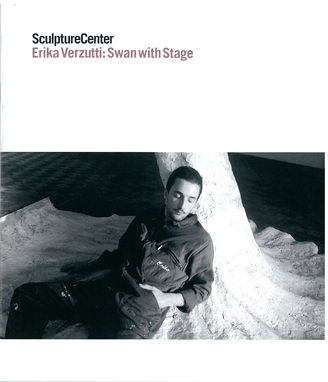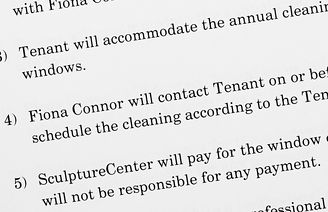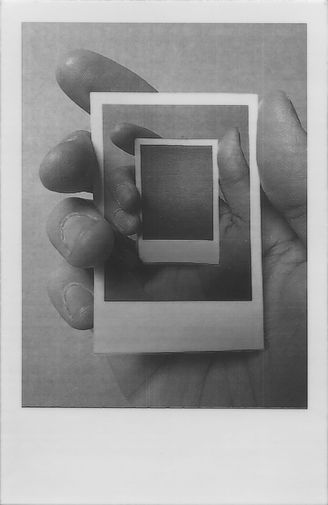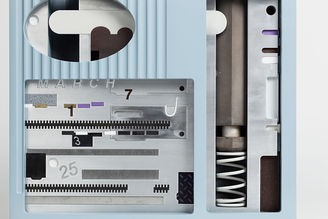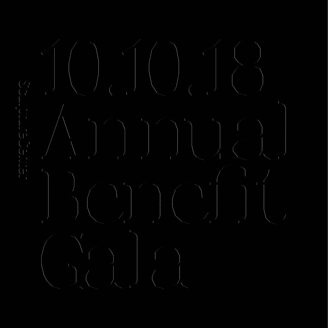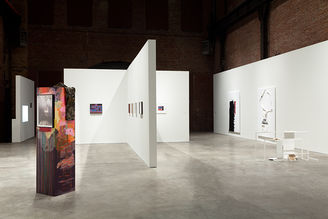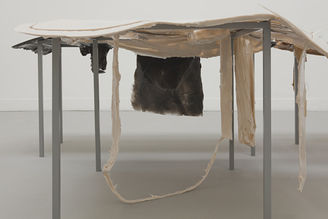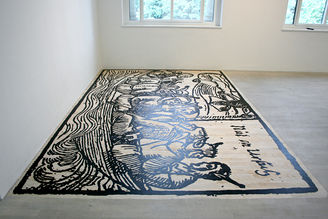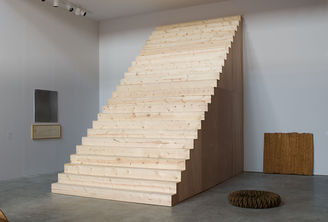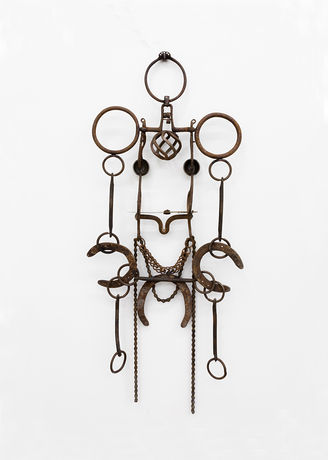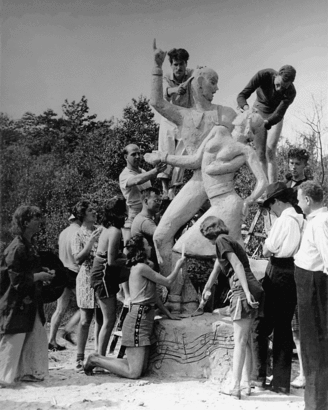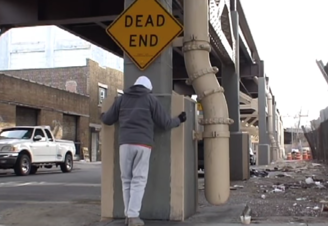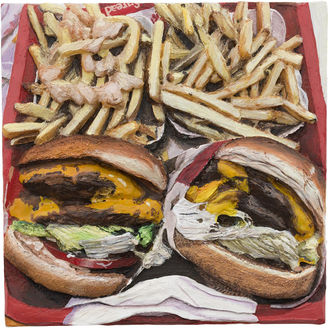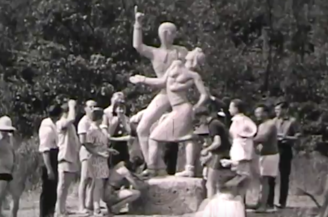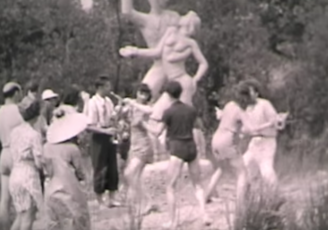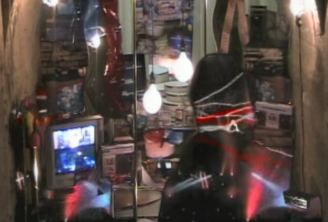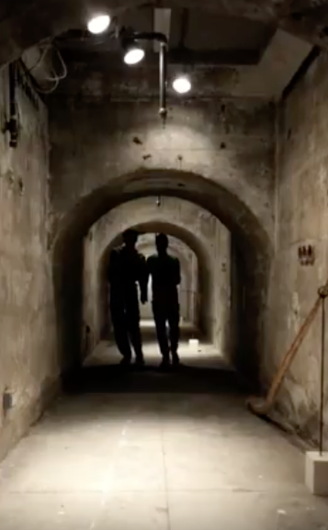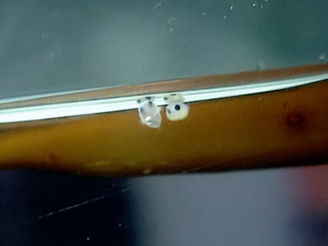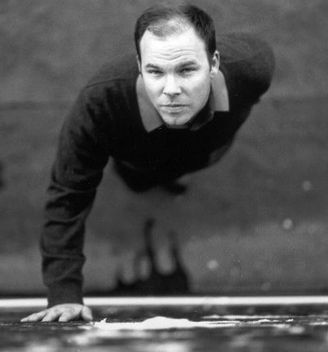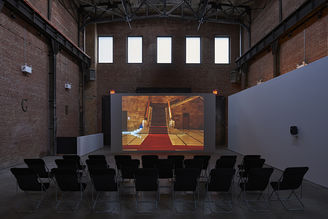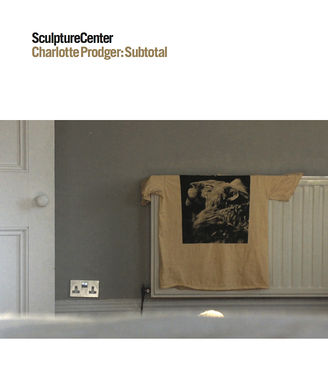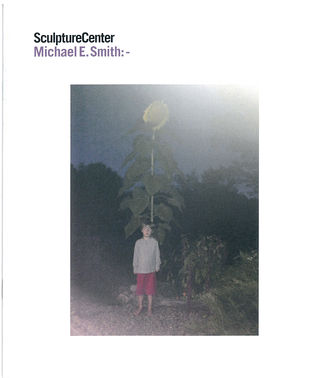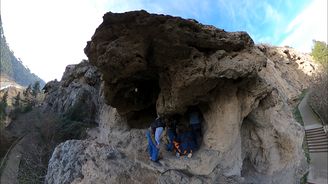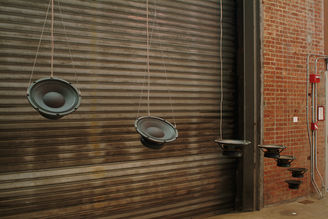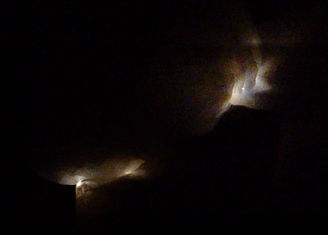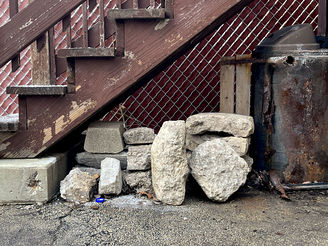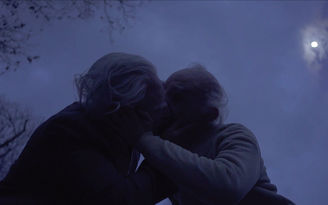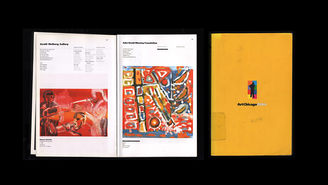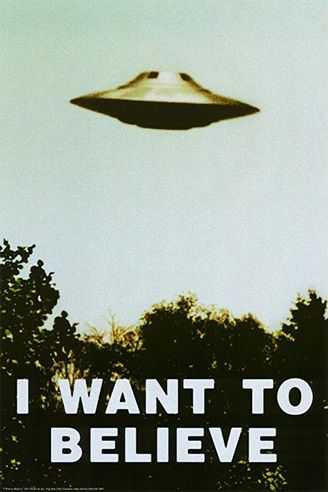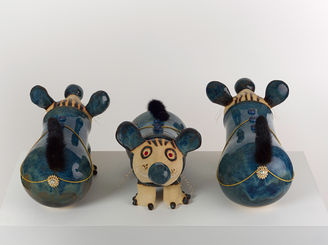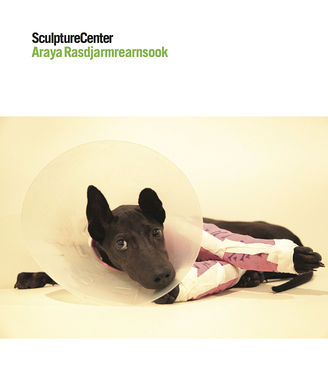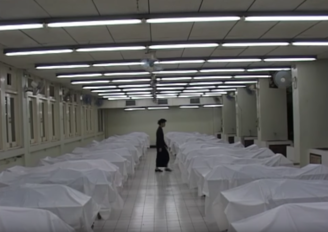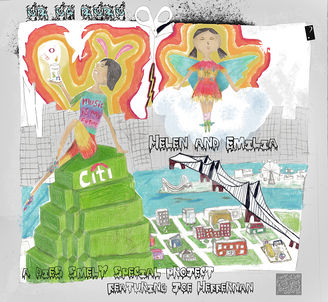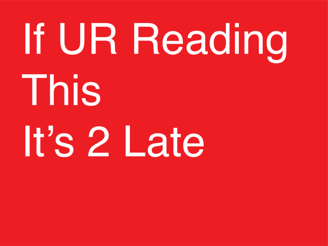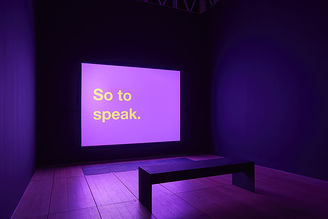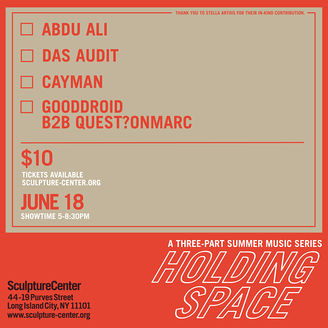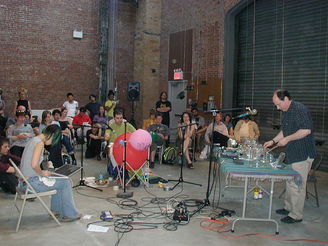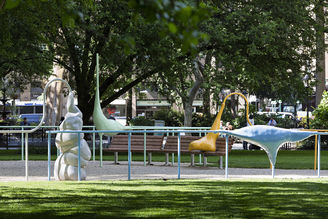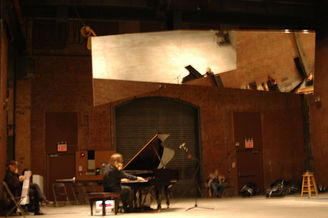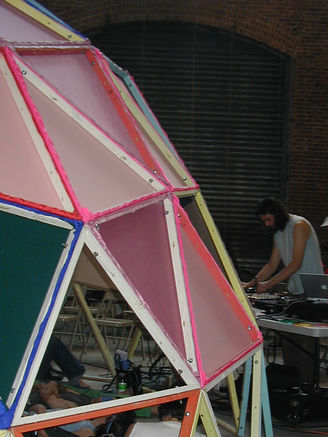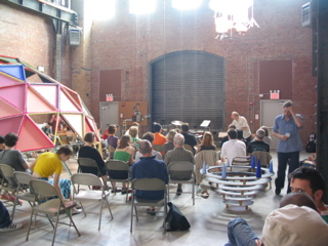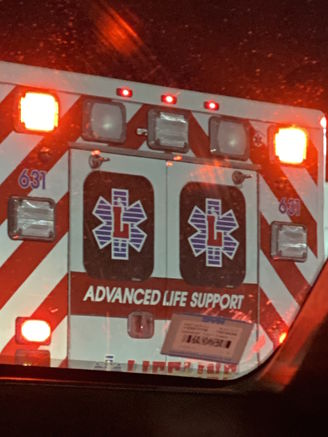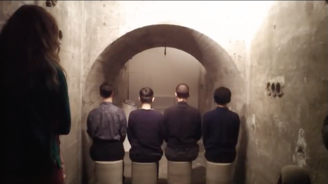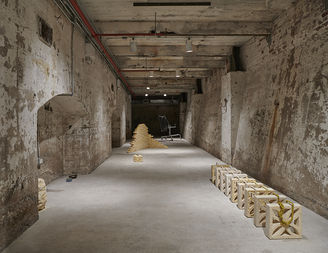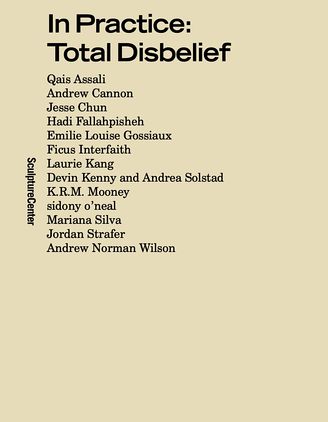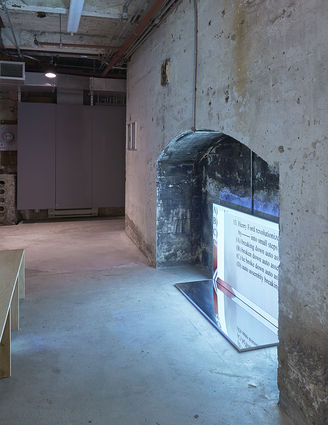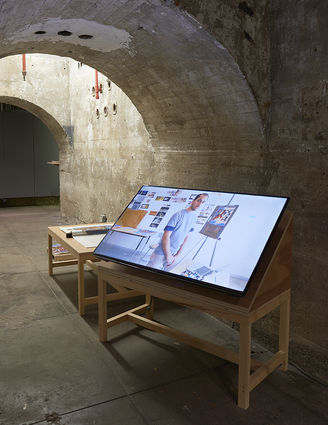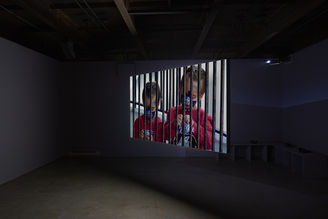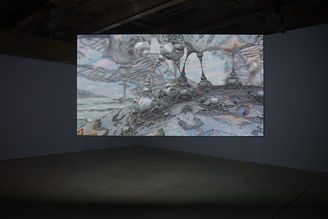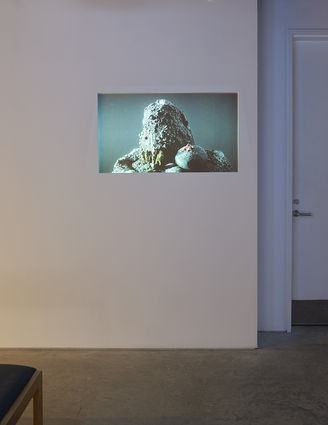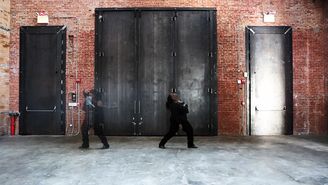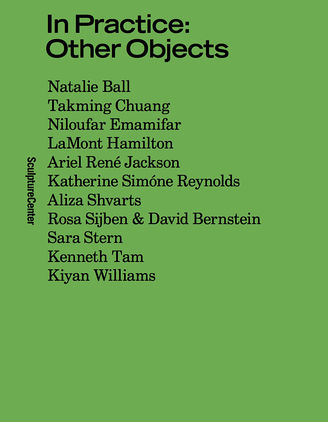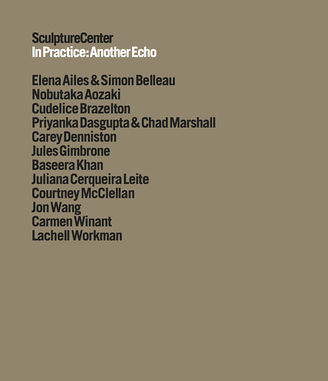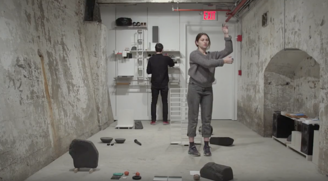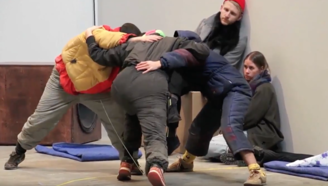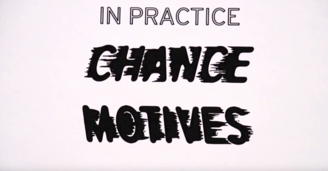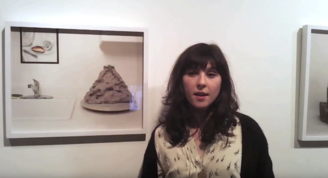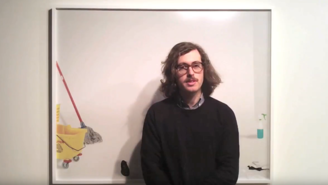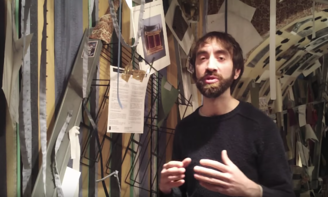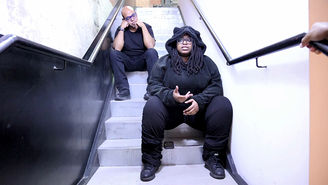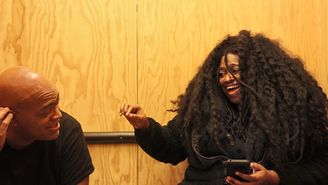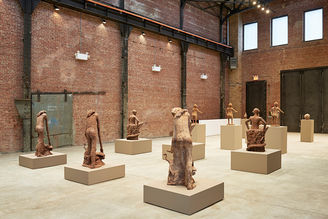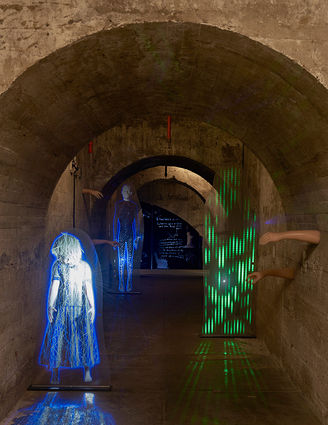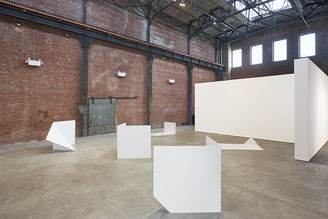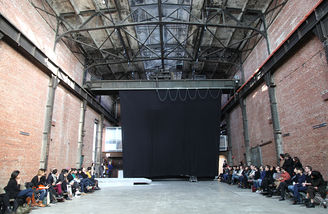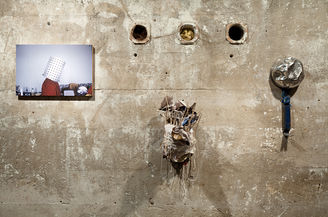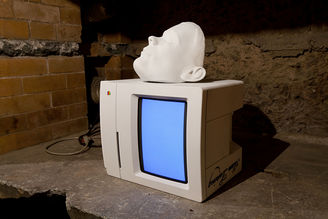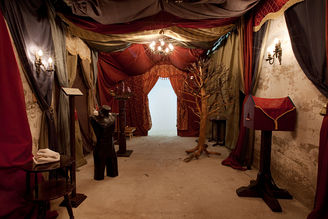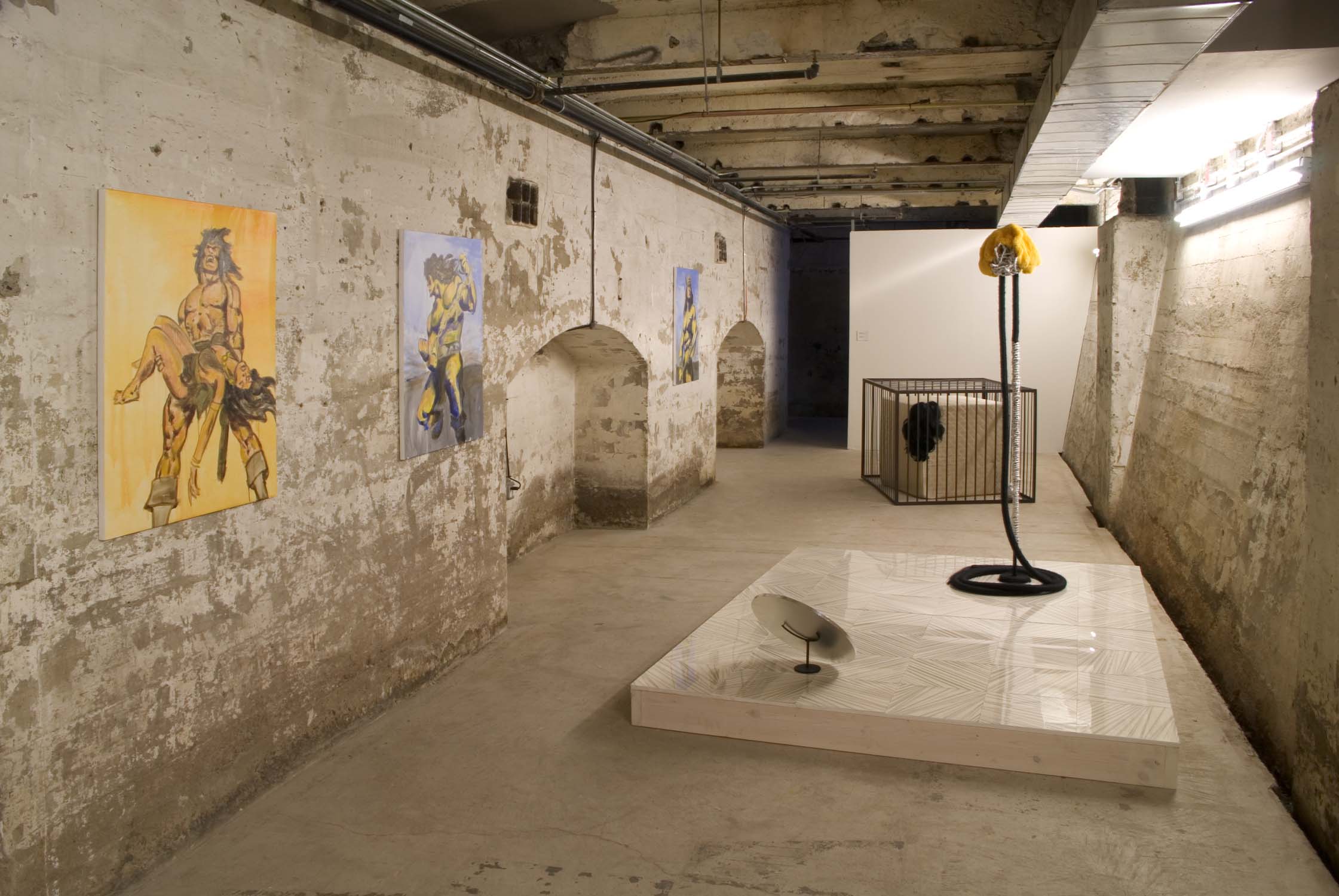In Practice: Another Echo
In Practice: Another EchoJan 29–Apr 2, 2018
- Images
- Text
- Events
- Materials
- Press
- Sponsors
- Related
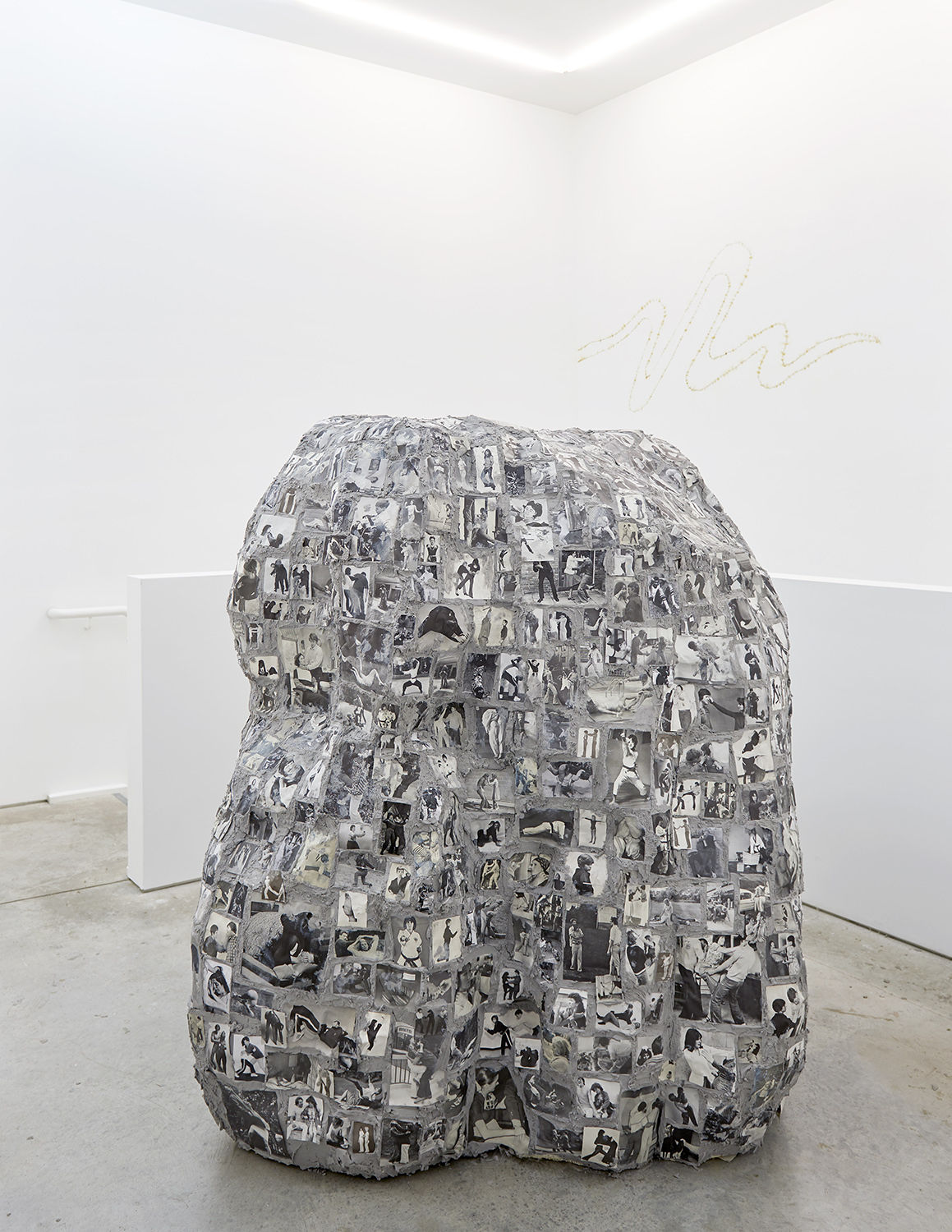
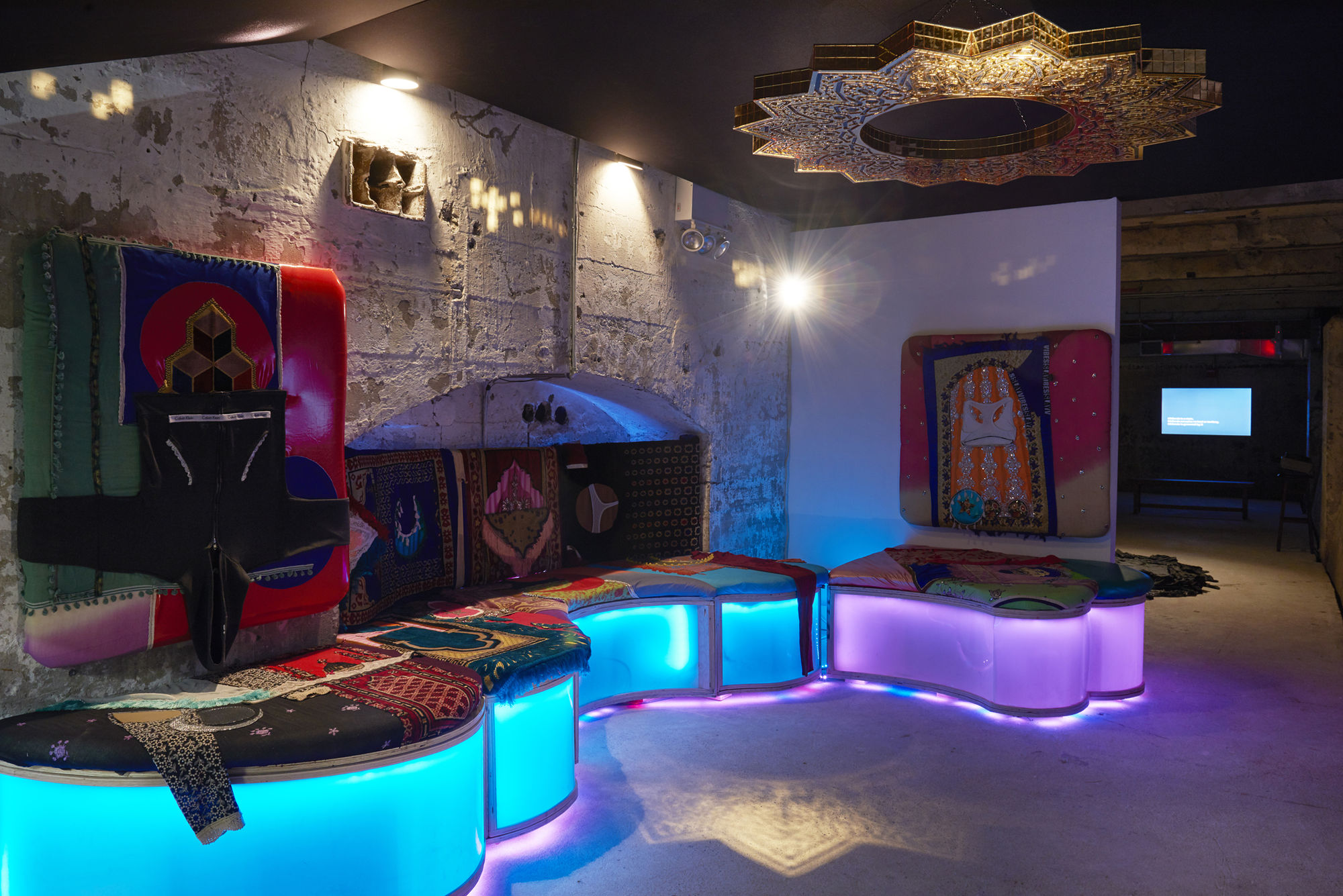
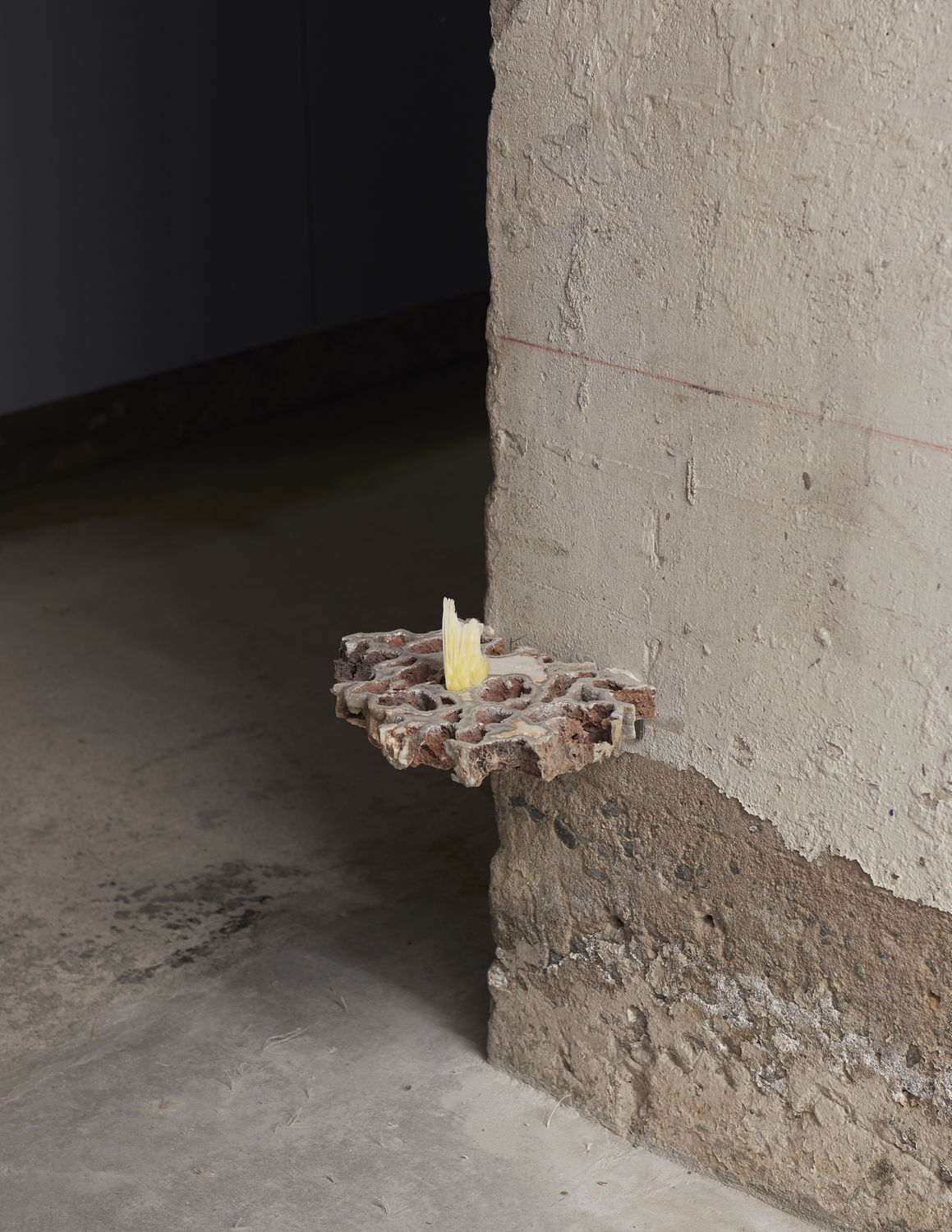
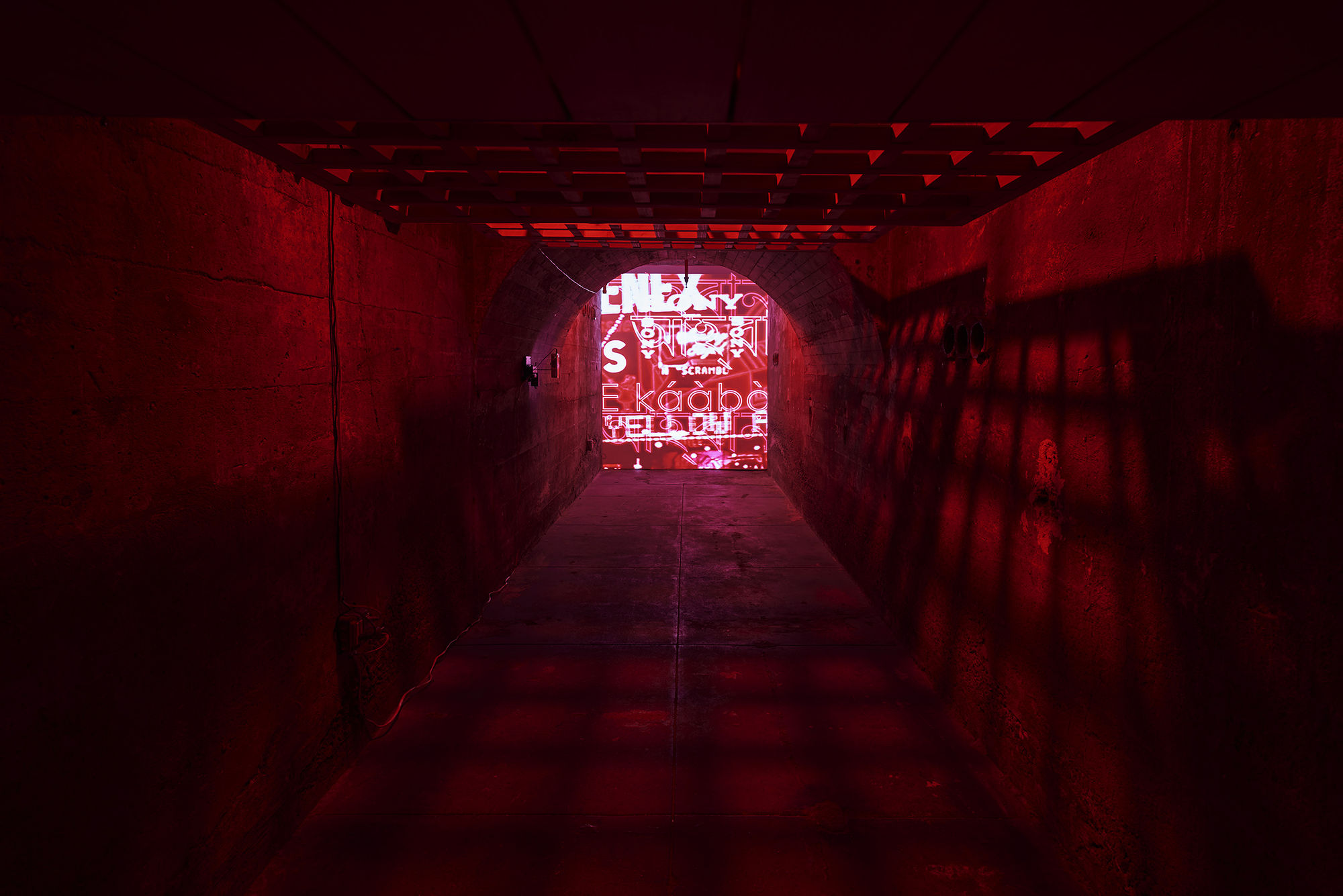
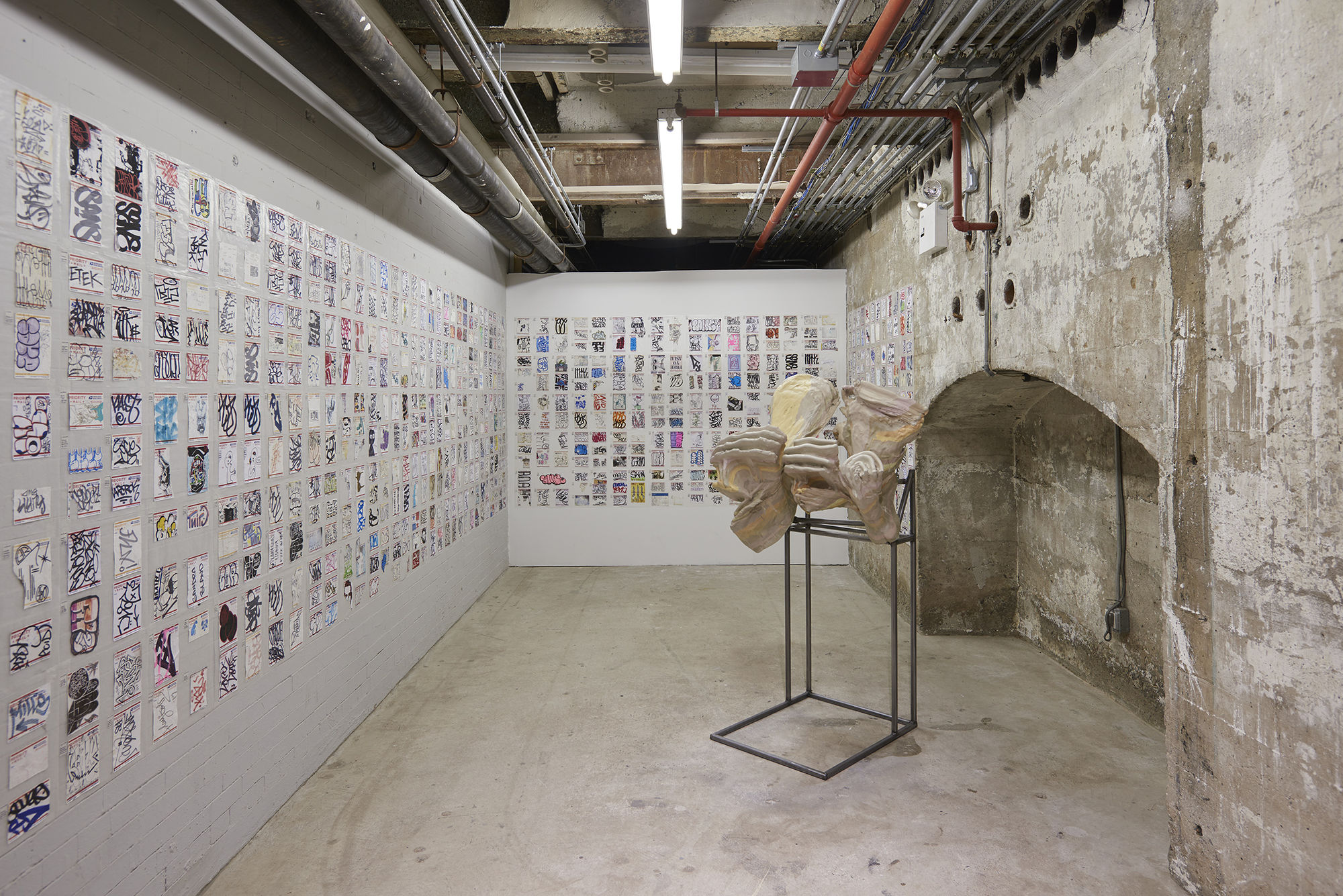
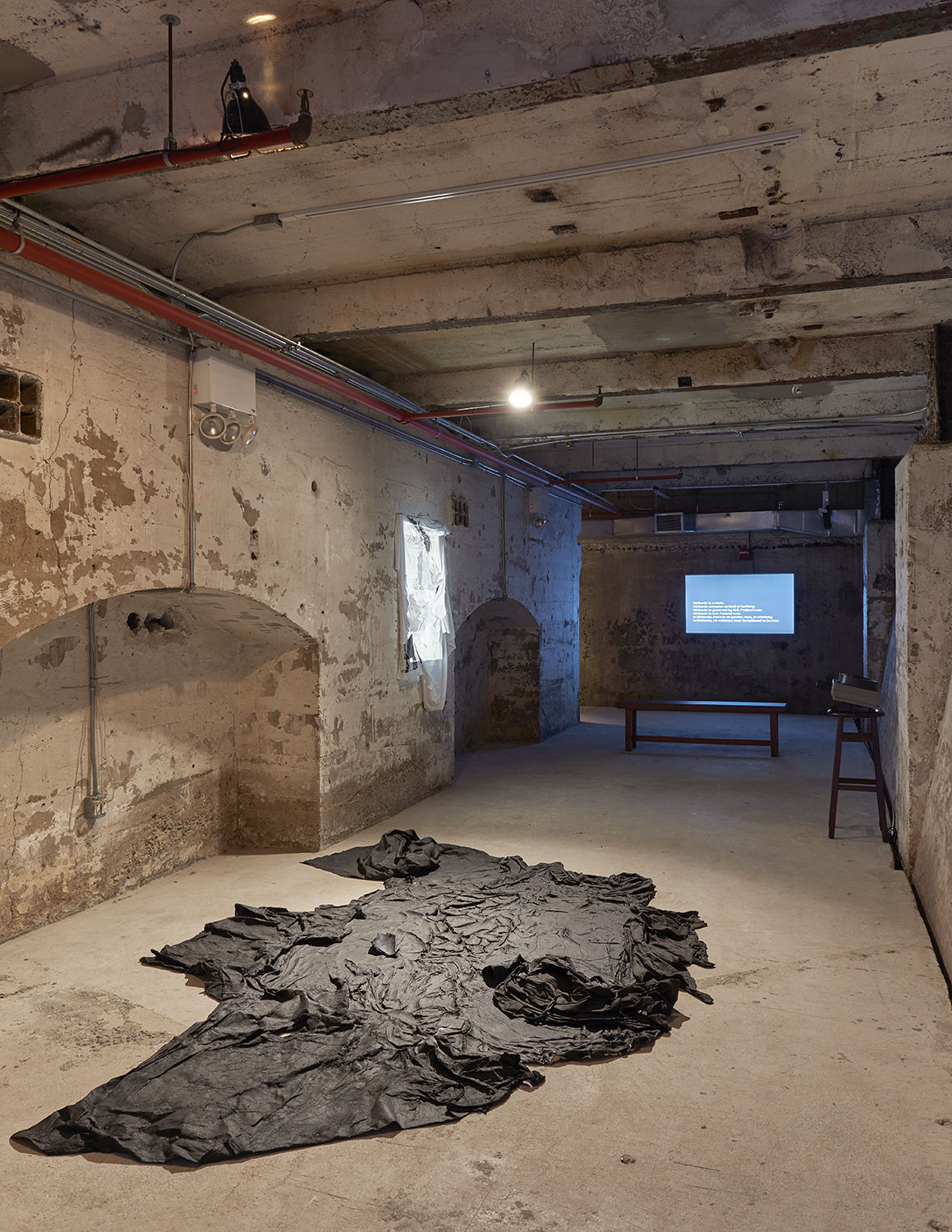
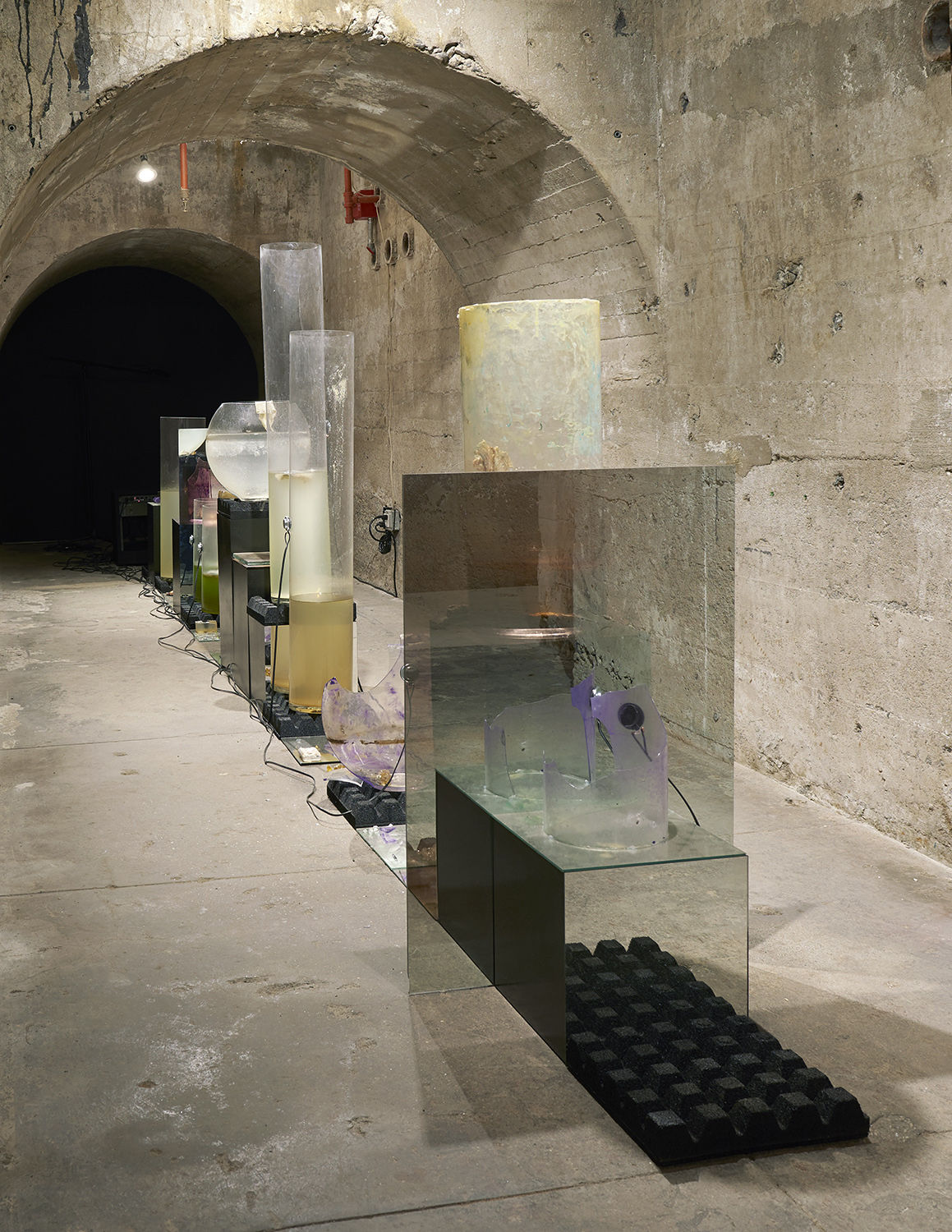
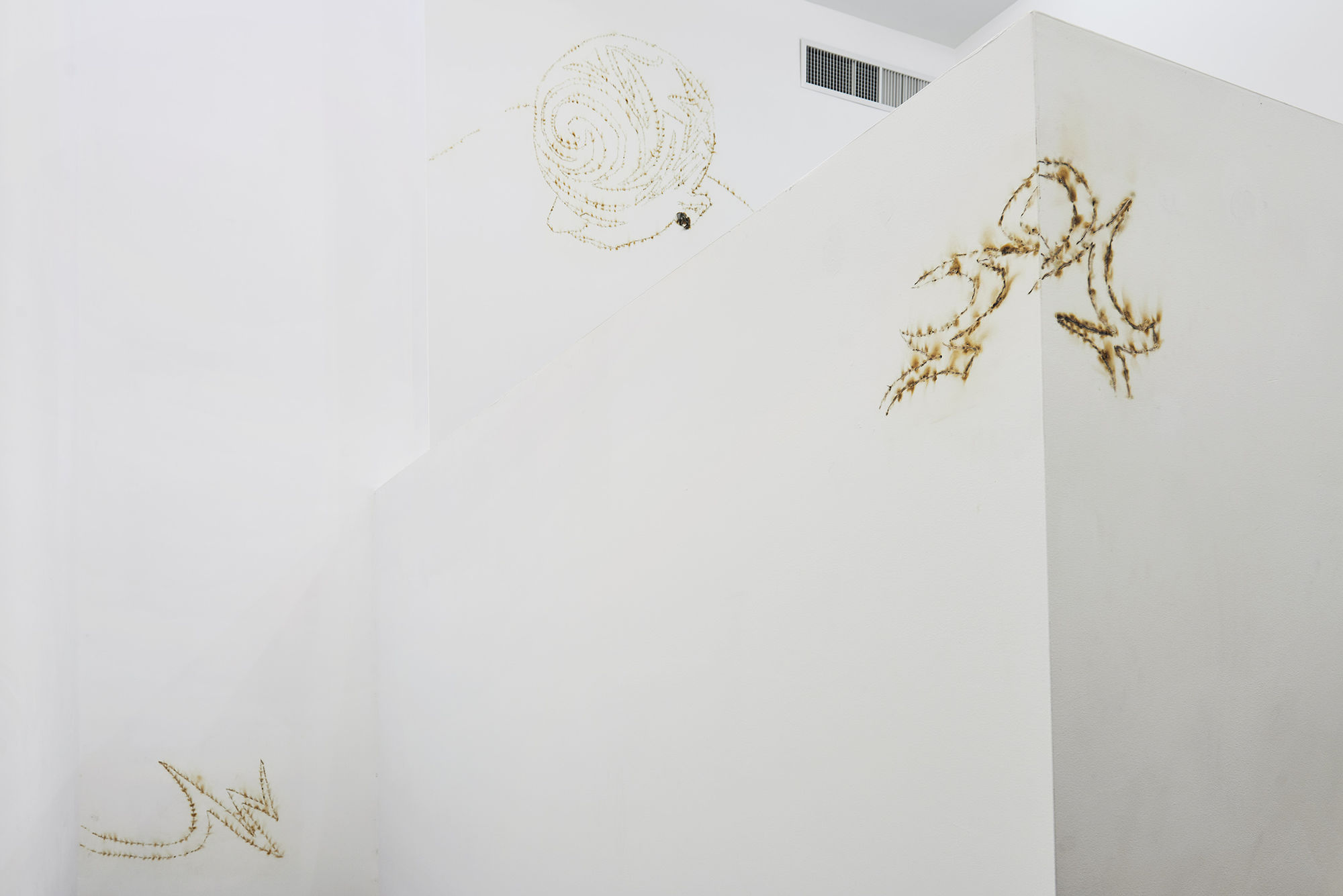
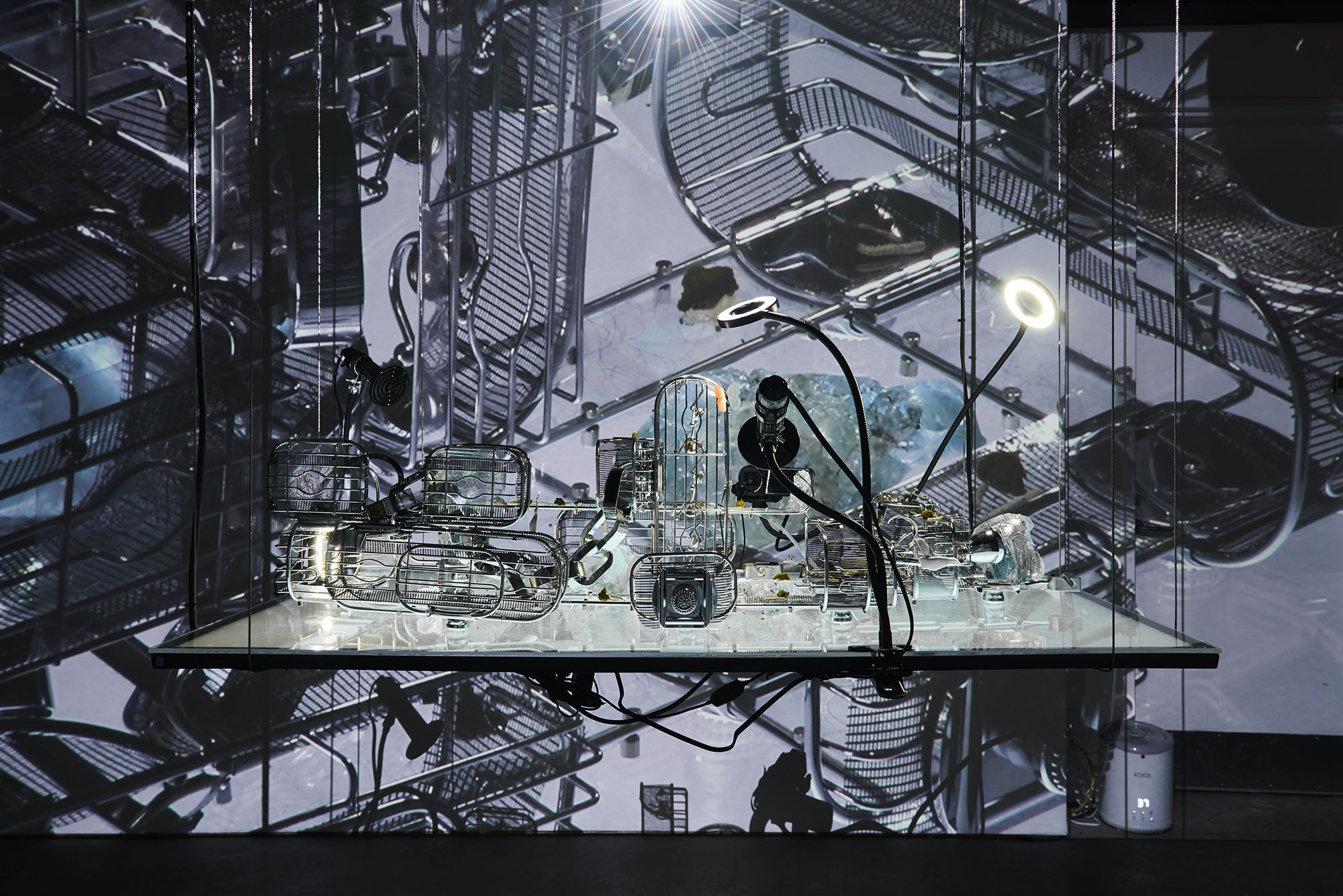
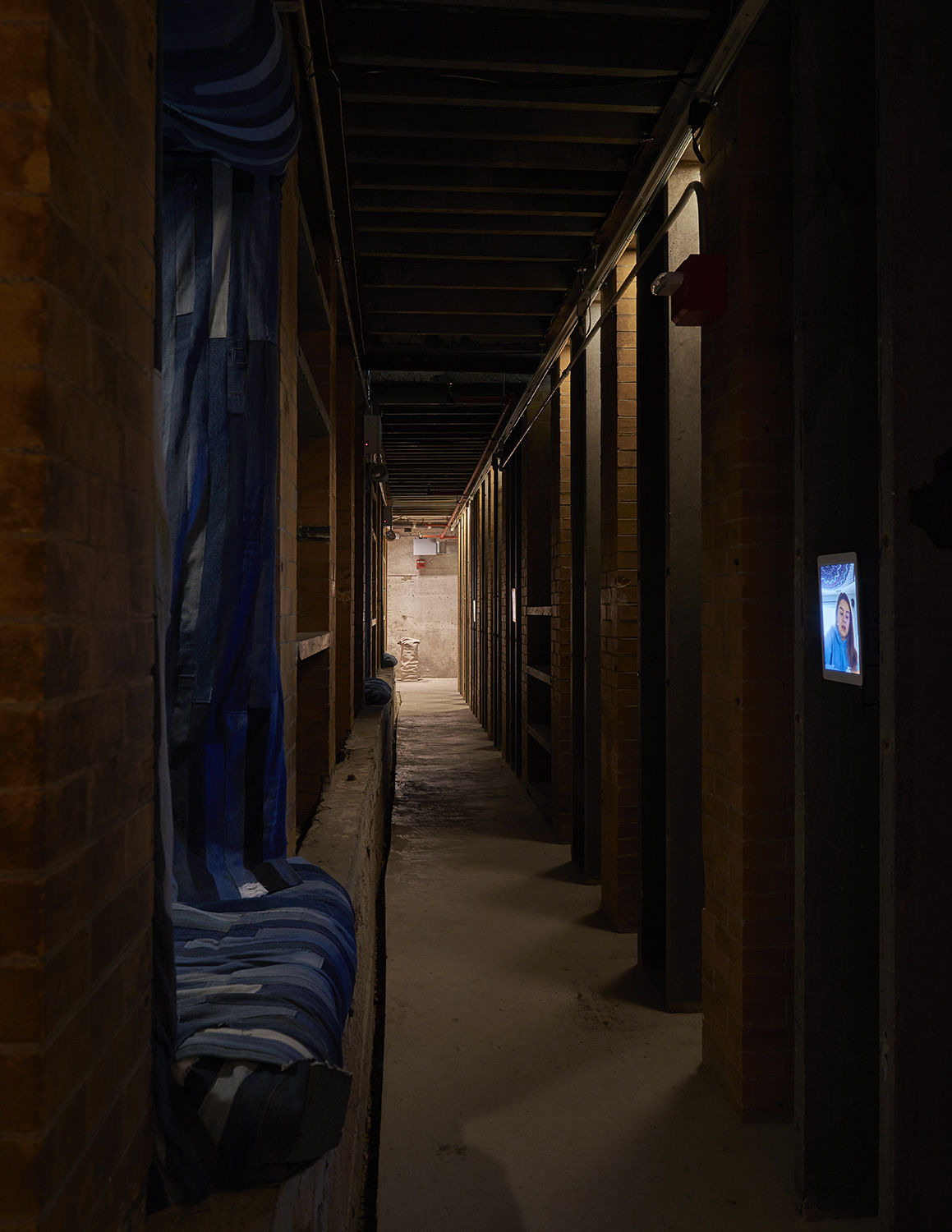

Carmen Winant, Looking Forward To Being Attacked, 2018, installation view, SculptureCenter, New York, 2018. Foam, concrete patch, found images. 49 x 41 x 61 inches (124.5 x 104.1 x 155 cm). Courtesy the artist. Photo: Kyle Knodell
SculptureCenter is pleased to announce Another Echo, an exhibition presented through In Practice, SculptureCenter's open call commissioning program for emerging artists. Exemplifying the spirit of SculptureCenter's mission, In Practice provides new ways to discover the most innovative artwork, foster experimentation, and give participants the opportunity to develop and present new work.
The exhibition features newly commissioned works by: Elena Ailes & Simon Belleau, Nobutaka Aozaki, Cudelice Brazelton, Priyanka Dasgupta & Chad Marshall, Carey Denniston, Jules Gimbrone, Baseera Khan, Juliana Cerqueira Leite, Courtney McClellan, Jon Wang, Carmen Winant, and Lachell Workman and is curated by Allie Tepper, SculptureCenter's 2018 Curatorial Fellow.
An echo suggests an interaction and a return: an emanation which hits a surface and reverberates as instantaneous memory — a powerful tool for envisioning and rewriting history in the present. The word "another" itself suggests recurrence, but with difference. In Practice: Another Echo brings together the work of twelve artists and artist teams engaged in reshaping experiences and forms of public space. Often responding to imposed sociopolitical conditions, the artists in this exhibition project voice and language, and make use of responsive and vernacular materials. Rather than glance at the past with nostalgia, these artists share a preoccupation with the present moment: obscuring, adapting, and subverting surrounding signs and physical structures in order to witness, reinvent, and survive the often agitated terrain of contemporary life. Across their work, which encompasses sculpture, live sound, video, and drawing, questions persist about how the self, in the midst of deep inner-processing, can converse with the present. How do we, in an ailing and unaccommodating society, extend ourselves out into the world, particularly when what we need so often is sanctuary?
Throughout the exhibition, symbols appear marked on walls, imprinted and pasted as if in the caves of Lascaux, or the walls of prisons where inmates inscribed their opposition to power. Cudelice Brazelton wields a heat gun with the grace of a barber, burning fade designs—an ancient vernacular carried on bodies across history—into the architecture of the building. Nobutaka Aozaki also collects a visual vernacular, in his case the graffiti tags made on USPS label 228 stickers that he has found stuck onto surfaces throughout New York City.
Other artists' practices involve reading body language made in response to conditions of imposition. Juliana Cerqueira Leite looks to the media, in particular the gestures of reporters and civilians sharing their experiences of humanitarian crises, focusing on moments when the body attempts to reenact the experience of an event that is beyond their agency, which she echoes through the movements of her body in clay. Carmen Winant amasses instructional images of women engaged in self-defense from a large archive that she began, subconsciously, during the 2016 presidential election campaign.
Revisionist encounters with existing monuments concern artists such as Baseera Khan, who addresses a Richard Serra sculpture installed outside the Modern Art Museum of Fort Worth, TX, from under an "acoustic sound blanket." Khan—a queer femme Muslim-American disinherited from Serra's lineage—presents footage of the event in a Karaoke Spiritual Center of Love, set to music chosen according to a protective "logic of armor," by artists such as Rihanna, Bibi Bourelly, and Kevin Abstract. Priyanka Dasgupta & Chad Marshall's installation considers the current plight of American immigration, by revisiting the paths that Blacks and early twentieth century Bengali sailors took to the United States, through the holds of slave ships and steamship boiler rooms. "The New Colossus"—the sonnet by Emma Lazarus engraved on the Statue of Liberty base—echoes through the installation: translated into Yoruba and Bengali, and set to traditional music by the artists' collaborators Moses Mabayoje and Monjula Datta.
Lachell Workman and Courtney McClellan both cast a quiet, haunting eye on the iterative cycles of injustice that occur though the criminal justice system. Workman's abstract sculptural installation references the vernacular of the street-side memorial and RIP T-shirt, confronting us with a vision of human and environmental neglect, while a nearby slide projector casts a spotlight on the wall, the incessant churn of the slides, counting. Courtney McClellan exhibits a new video that examines the insidious relationship between performance and the law, through her ongoing study of the American Mock Trial Association, and the team at the University of Georgia where she teaches.
Witnessing life-forms in moments of transition and growth preoccupies several of the artists in the exhibition. Elena Ailes & Simon Belleau assemble a series of leather totems—"muted bodies" that push against their surroundings with quiet, expressive force, and look to nature's slowest processes, the growth of fungus, and foreground touch and duration as reparative, rather than reactionary modes for weathering a long, slow process of healing. Jules Gimbrone creates work that asserts the presence of the flexible, nuanced body, in particular the sounding of queer subjects that are regularly silenced in the public sphere, through an ecology of transmorphic, responsive materials and audio. Jon Wang presents an immersive, live video and sound environment that meditates on the metamorphic lifecycle of silkworms, inviting viewers into the artist's intimate pursuit of queer architecture, psychosexual resistance, and radical transformation. Carey Denniston presents videos edited from an ongoing FaceTime dialogue with Avery, her thirteen-year-old niece and a digital native living in Eastern Washington. The videos are portraits of "a space of processing" that moves through seemingly banal, but honest, conversations about friendship, to Avery's digestion of current events.
The In Practice program offers emerging artists curatorial and financial support to create new work for exhibition at SculptureCenter. Artists are selected through a multi-stage process after submitting work through an open call. Past In Practice participants include: Korakrit Arunanondchai, Fia Backström, A. K. Burns, Michael DeLucia, Aleksandra Domanovic, Essex Olivares, Brendan Fernandes, Samara Golden, Ryan Johnson, Joanna Malinowska, Justin Matherly, Virginia Overton, Rachel Rose, Xaviera Simmons.
Sponsors
In Practice: Another Echo is supported in part by an award from the National Endowment for the Arts.
SculptureCenter's exhibition, program, and operating support is generously provided by grants from the Lambent Foundation Fund of Tides Foundation; the Kraus Family Foundation; the A. Woodner Fund; Jeanne Donovan Fisher; the Seth Sprague Educational and Charitable Foundation; New York City Council Majority Leader Jimmy Van Bramer; and contributions from our Board of Trustees and Director's Circle. Strategic planning support is provided by the LuEsther T. Mertz Fund of The New York Community Trust. Additional funding is provided by the Milton and Sally Avery Arts Foundation and contributions from many generous individuals.
SculptureCenter's programming is supported, in part, by public funds from the New York City Department of Cultural Affairs in partnership with the City Council, an award from the National Endowment for the Arts, and made possible by the New York State Council on the Arts with the support of Governor Andrew M. Cuomo and the New York State Legislature.

